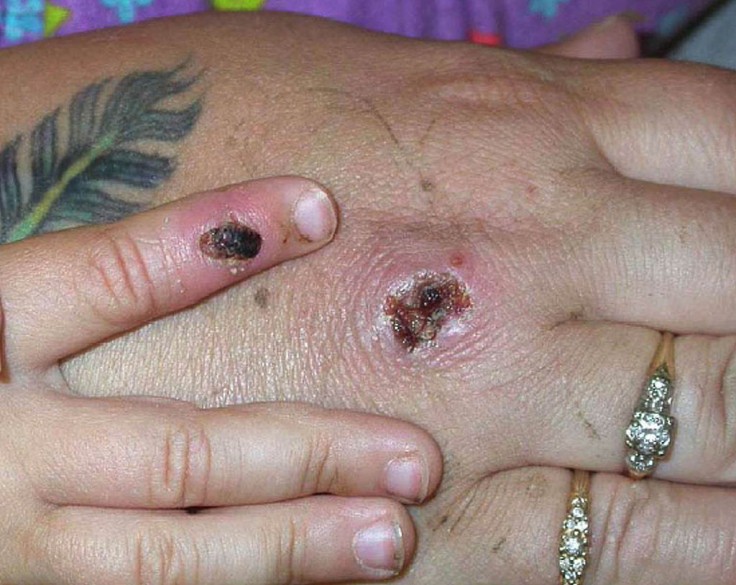A virus unrelated to COVID-19 is currently spreading across some parts of the globe.
A recent BBC report mentioned that the World Health Organization (WHO) added another 50 suspected cases to the growing number of suspected infected without naming countries.
This new virus is known as monkeypox.
We've compiled everything you need to know about it.
Monkeypox Facts: What Is It? Where Did It Come From? What Are the Symptoms?
Monkeypox is a virus that can be transmitted from animals to humans with symptoms similar to those found in smallpox patients. Despite their similarities, smallpox is more lethal than Monkeypox, with the latter having a fatality rate of around 3.6% based on studies conducted in African countries, per BMJ.
In comparison, smallpox's most common form, variola major, has a mortality rate of 30%, while its rarer form, variola minor, has only 1%.
To be specific, monkeypox's symptoms include fever, intense headache, swelling lymph nodes, back pain, muscle aches, and an intense lack of energy. The virus' tell-tale lesions begin within 1-3 days of the fever's onset, with the lesions starting as rashes on the face and extremities of the infected individual.
The rashes then slowly turn to lesions with a flat base and then to slightly raised but firm lesions. These lesions will then be filled with clear fluid, which will then turn to yellowish fluid. During this time, the lesion's crusts will dry up and fall off.

Monkeypox could be previously found primarily in Central and West Africa, often near tropical rainforests, while it increasingly appeared in urban areas in recent years.
Read also: Crypto Scam: Elon Musk Deep Fake Promoting Fraud Trading Platform — Promises 30% Returns?
The virus' hosts include rodents such as rope squirrels, tree squirrels, Gambian pouched rats, non-human primates, and other species. Interestingly, the first two outbreaks of monkeypox were first discovered in colonies of monkeys kept for research in 1958, according to the CDC.
The virus can be transmitted to a human by an infected mammal through direct contact with the mammal's blood, bodily fluids, or the cutaneous or mucosal lesions of infected animals. However, the virus can be transmitted from an infected human to a healthy human from close contact with respiratory secretions (phlegm and nasal mucus), skin lesions, or recently contaminated objects. The virus can also be contracted via droplet respiratory particles, similar to COVID-19.
The US is no stranger to monkeypox despite the cases recently found. In 2003, the country had an outbreak of 47 confirmed and probable cases, with the virus originating from a shipment of animals from Ghana. Everyone infected with the virus back then cited pet prairie dogs that were infected after being housed near the said animal shipment.
Treatment For Monkeypox and Prevention
Although there is no definite cure for monkeypox, a much milder case of the virus can be found in those who have been completely vaccinated against smallpox previously. However, there is a two-dose vaccine designed for monkeypox that was approved for general use in 2019, but availability remains limited.
If infected with monkeypox, you should take fluids and food that help maintain adequate nutritional status. There is an antiviral agent known as tecovirimat that was developed for smallpox and was licensed by the European Medical Association in 2022 based on animal and human studies, but it isn't widely available.
To prevent the spread of monkeypox, people should not handle wild animals, especially those that are sick or dead, including their meat, blood, and other parts, unprotected. All foods containing animal meat or parts must be thoroughly cooked before eating.









